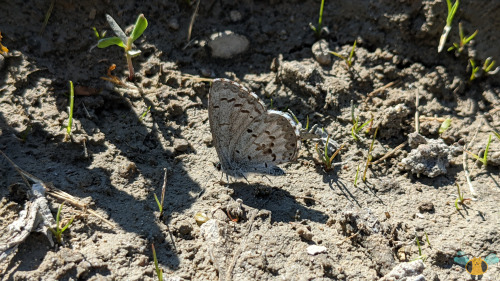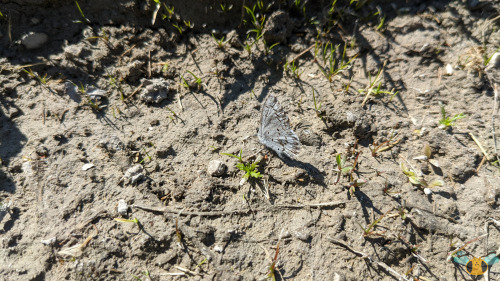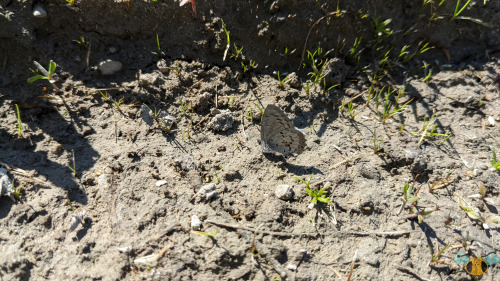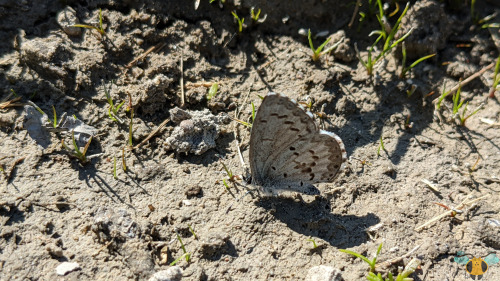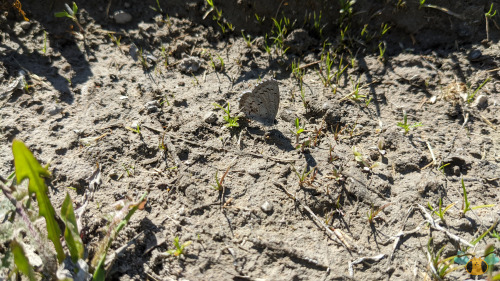#lucia azure
Lucia Azure Butterfly - Celastrina lucia
Here’s a fun-looking specimen, and a more glamorous find along Toronto’s lake shore. I’m not entirely sure that I’ve chosen the right insect here as Azure/Blue Butterflies look very similar to each other, requiring close inspection to be sure. I’ve chosen the insect as Lucia Azure due to the habitat range and time of emergence. Embarrassingly, I had the insect pegged as the Summer Azure (C. neglecta) initially. Yes, that’s how similar these insects are to one another! Especially looking at the patterns on the underwing. The name should’ve been a giveaway, but it was worth exploring and researching anyway to learn more about this branch of Gossamer Winged Butterflies, which is otherwise a large insect family. Yes, the Summer emerges as an adult in summer, meanwhile this specie emerges during spring after an overwintering. If you find a Blue or an Azure, observe it very carefully and look for any features that may help determine what you’ve found. Even the flowers it feeds from or the plants that it hovers around!
While it looks peaceful and content on the sandy dirt, let me assure you that this insect is quite jittery and takes off at an alarming speed! Trying to follow it around, it darted around the grass and dandelions in the area, eventually settling on the dirt…and then launching away as soon as I’d bend down to take some picture. If approaching a Butterflylike this one, take your time and approach slowly. No sudden movements! If the opportunity should arise, you can even catch it in your hand with an open grip, upon which it will take again! While it’s skittish and eager to escape, it’s actually quite easy to keep an eye on it for tracking purposes due a detail not shown in these images. As the name suggests there’s a blue color that makes this insect very noticeable in flight from the scales on the dorsal side of the wings. But when folded upwards at rest, the patterned wings do a good job of blending into the stone-scattered sandy terrain. While other Butterflies can mimic leaves, this one can hide on the ground at the right angle, but I think it would need to be careful about choosing its moments to fly away.
Pictures were taken May 15, 2022 with a Google Pixel 4.
Post link

